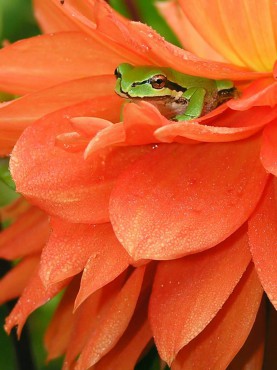
Slow down. Feel the sun on your face. Feel the softness of the earth between your fingers. Bury your hand in the soil — perhaps you will find a spud, ready for supper tonight.
Perhaps you’ll find a tunnel and follow it along to see where the moles make their home. Lift the leafy litter protecting the soil and discover some of the hard workers living under its protection: earthworms that aerate the soil as they eat their way through it, rollie-pollie bugs that curl up into a ball to protect themselves, slow-moving salamanders that seek shelter in the moist litter, green frogs that seem to know which flowers make them look the most beautiful.
There is much to be discovered in a garden, and young children are open and enthusiastic explorers. We have an opportunity to capture their attention before other influences beg to distract them and take over their time.
We can give them the gift of understanding how their world works with a spade and a watering can, and an appreciation of nature, eating well and creating beauty and habitat. By spending time in a garden, they have a chance of becoming caring stewards of the land.
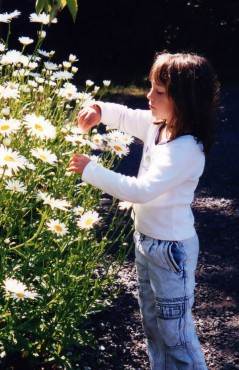
If you already have a garden, wonderful! Give the children in your life a small garden they can claim for their own. Help them get the soil ready with good compost; create a nice planting bed surrounded with rocks or wood and some whimsical decorations; and start with some large seeds for their little hands (radishes, beets, sunflowers, peas, spinach, squash etc).
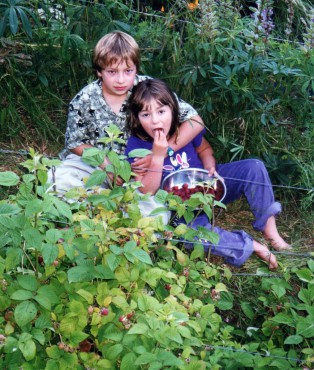
Help them plant some flowers, like zinnias, that will bloom all summer and brighten their special garden. Create some habitat for frogs with an overturned flower pot, and offer the birds a birdbath. And don’t forget some stepping stones (you can help them make some from concrete and mosaic) so they can keep an eye on things without compressing the soil.
Just remember, this garden belongs to them. Let them be in charge, make their own mistakes, have pride in their own efforts.
If you do not have a garden of your own, no problem! You can join a pea-patch garden or take your youngster to a garden program designed for young children, like the garden at Raab Park in Poulsbo, run by Master Gardeners.
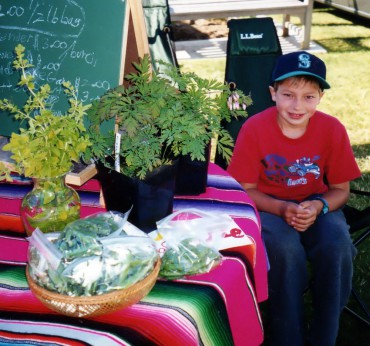
This year’s growing season is winding down, but kids can help harvest, make giant piles of leaves to jump into, press flowers and collect colorful leaves for their windows. They may also enjoy learning about growing plants under cover throughout the year with the help of cold frames or a greenhouse. Imagine their pride as they hunt for some carrots, potatoes or beets for your holiday meals!
To keep their interest engaged through the years, you can enroll them in the gardening project of your local 4-H program. If a group is not already active in your area, it is easy to start one. The time you spend learning about gardening with kids is time well spent and an investment you will never regret. The registration time for 4-H is in the fall, generally in October.
As part of their 4-H participation, my own kids spent many of their Saturdays selling their produce at the farmers market, learning about business as well as customer service. They learned what it means to turn an interest into something profitable.
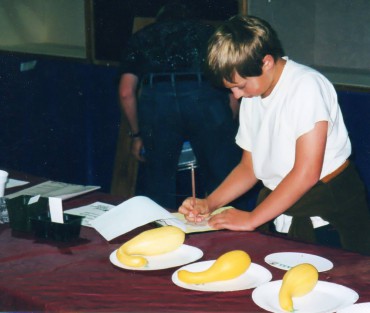
During the summer, 4-H gave them a project that was meaningful and fun, as they exhibited what they had cultivated at the Kitsap County Fair and the Washington State Fair. They learned to speak well in public, write and document their projects, present their product, and help run the exhibits at the fair. They were too busy to while their time away in front of TV and computer screens, and made many good friends.
Kids thrive when they know they have something to contribute, when they are listened to, when their hard work pays off. Start them off when they are young, keep their engagement in gardening strong as they grow, and you will be rewarded with young people who will not shy away from working for what matters to them.





























